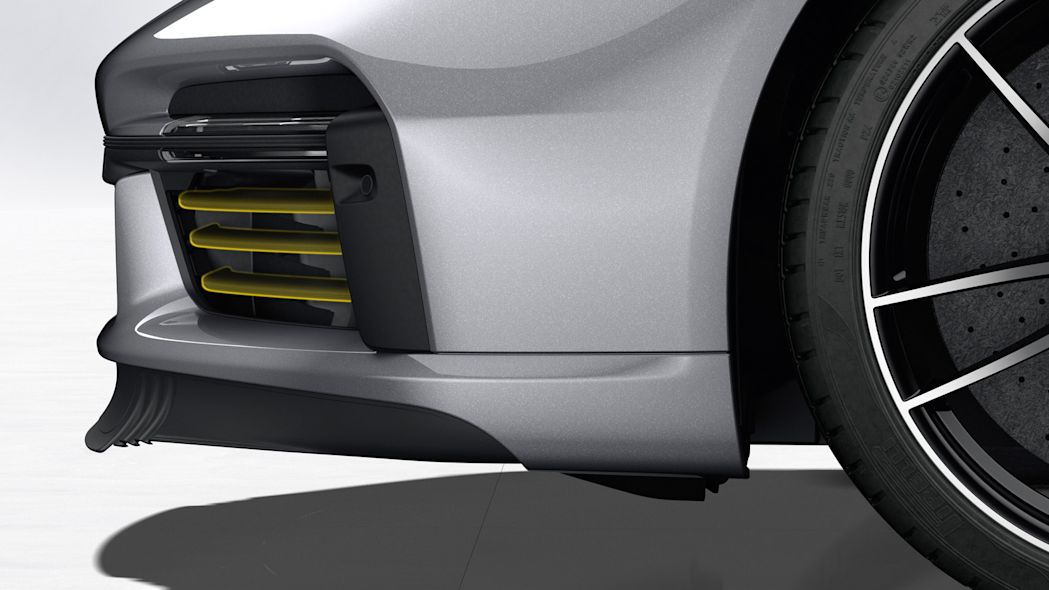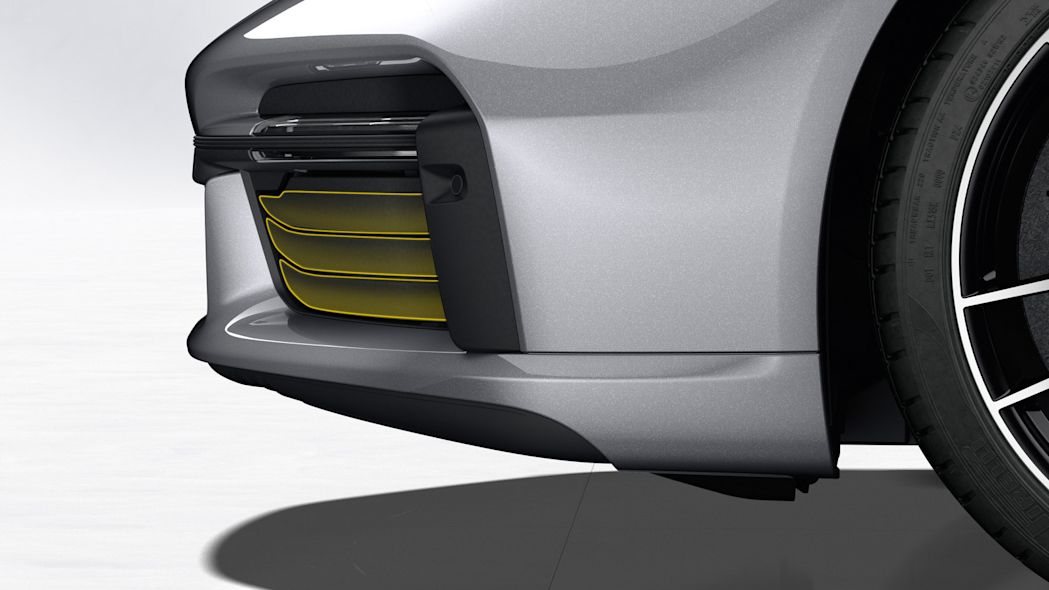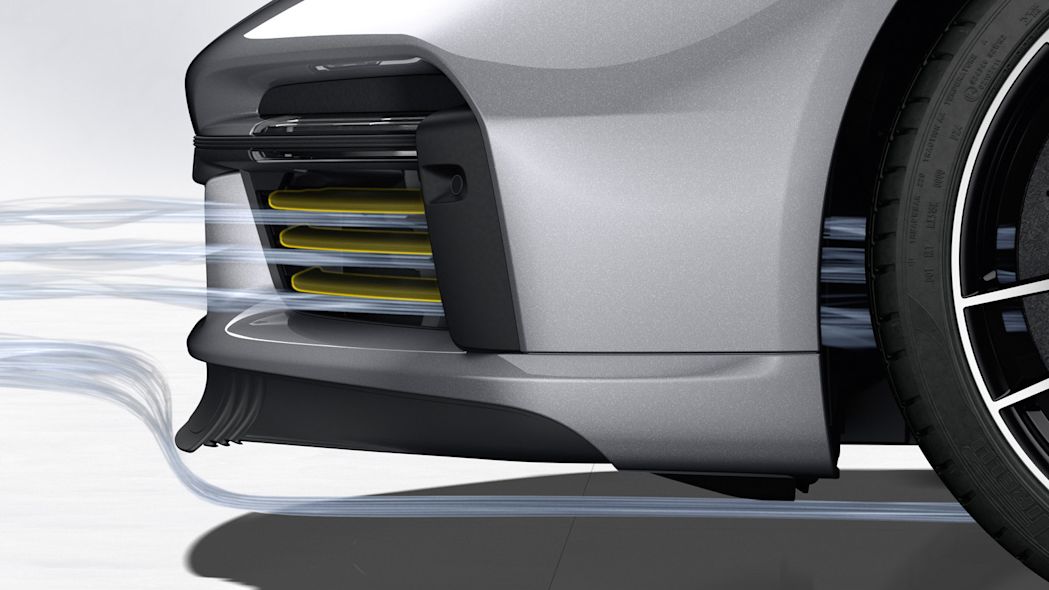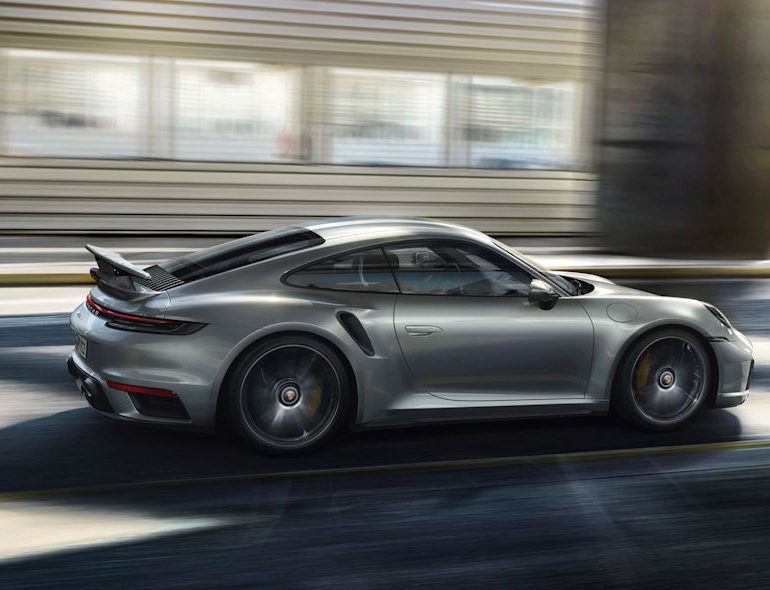Autoblog today published an in depth article investigating the new aerodynamic features of the upcoming 2021 Porsche 911 Turbo S.
Not too long ago, active aerodynamics were a thing that came only on the highest end supercars and hypercars. The original 2006 Bugatti Veyron, for example, used the rear spoiler as an air brake.
Flash forward 14 years from the Veyron, and the 911 Turbo S has so much active aero that a deep dive is necessary to understand it all.

The rear wing, a key part of any 911 Turbo, is a pound lighter than the previous generation rear wing, while also adding 8% surface area. And like the Veyron mentioned above, this wing has the ability, if you absolutely stomp on the brakes, to flip up into a semi-airbrake position to help slow the car.

The front splitter is fully active. It can extend and retract as fast as driving demands require. And, if you’re cruising along at highway/freeway speed, Porsche’s Active Aerodynamic Management system recognizes it does not need maximum downforce, and will retract the splitter up and away, out of the airstream. This also happens at low speed, so as to keep the splitter up and away from curbs and steep driveways when parking.

One of the most ingenious features of the new 2021 911 Turbo S is that it has constantly dynamic cooling flaps at the front, on either side of the main front air intake. These two “sidepod” air flaps will open and close as needed, and independently per side, depending on a balance of performance, cooling, and power demand.

When fully open, the sidepods allow cooling air to flow through secondary radiators for things such as oil cooling, engine cooling, transmission fluid cooling, as well as passing that air into the front wheel wells, directed towards the carbon ceramic brakes and then down and under the car. This cooling air adds to the venturi effect, sucking the car down into the road, improving handling and response.

However, like all previous 911 Turbos, the end goal of all the active aero is the same: Maximum downforce for performance driving, minimal interruption during cruising for greater fuel economy.




